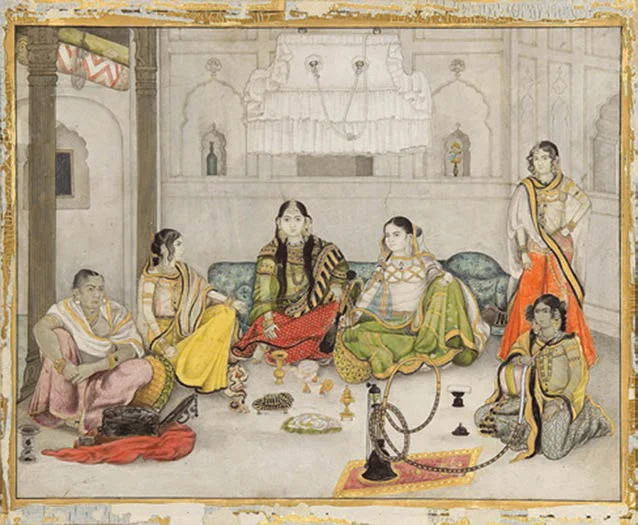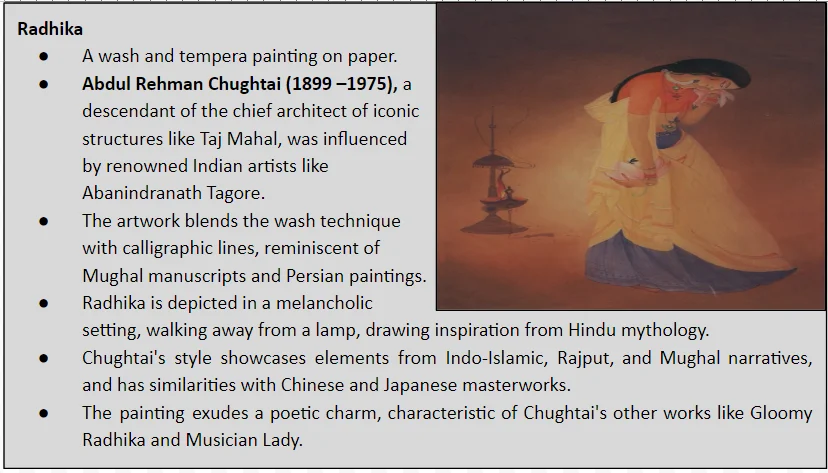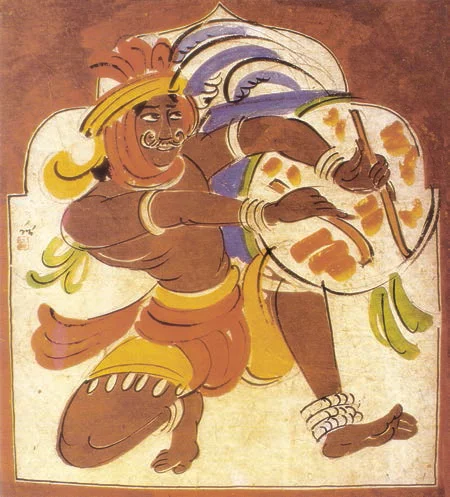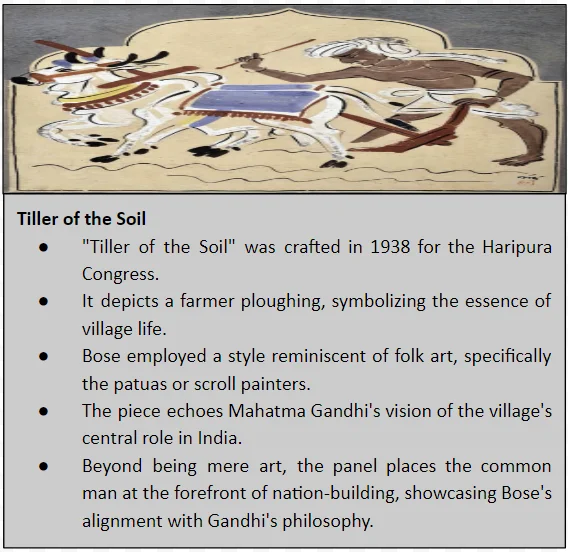![]() December 23, 2023
December 23, 2023
![]() 715
715
![]() 0
0
Bengal School of Painting: Company Painting’s Colonial Adaptation
Company painting refers to the style that emerged when local Indian artists adapted their traditional techniques to cater to the tastes and interests of British colonial officials during the 18th century.
Bengal School of Painting: Evolution through Company Painting


Inspirations


Nandalal Bose’s Contribution to Nationalism



<div class="new-fform">
</div>
Latest Comments